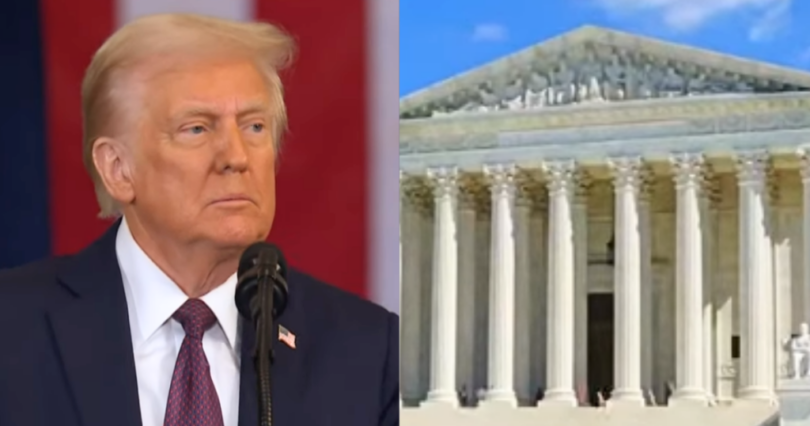Supreme Court Blocks Trump’s Request to Freeze $2 Billion in USAID Payments, Drawing Criticism From Conservatives
The U.S. Supreme Court dealt a significant blow to the Trump administration by refusing to overturn a lower court’s ruling that unfreezes nearly $2 billion in payments to contractors working with the U.S. Agency for International Development (USAID).
In a narrow 5-4 decision, the ruling has sparked renewed debate among conservatives, some of whom accuse certain justices of opposing President Donald Trump’s efforts to impose stricter controls on foreign aid spending. The case centers on the Trump administration’s freeze on USAID payments due to concerns about waste and fraud, with conservative justices strongly opposing the decision.
On Wednesday, the Supreme Court declined to block a lower court ruling requiring the release of funds to contractors, Fox News reports. These payments had been frozen as part of the U.S. Department of Government Efficiency’s (DOGE) broader audit of USAID payments, aimed at uncovering waste, fraud and abuse.
The Court’s decision did not set a timeline for the funds’ release but emphasized that further clarification was needed from the district court on how the government should meet its obligations under the temporary restraining order.
In the ruling, Justices Clarence Thomas, Neil Gorsuch, Brett Kavanaugh and Samuel Alito dissented, raising concerns about the authority of a district court judge to compel such payments. Justice Alito, one of the dissenters, described the decision as “stunning,” questioning whether a district court could order the release of nearly $2 billion in taxpayer dollars without proper oversight.
The case reached the Supreme Court after U.S. District Judge Amir Ali, a Biden appointee, set a deadline for the Trump administration to release the frozen funds to foreign aid contractors, as previously noted by TTOA. The Trump administration argued that meeting the deadline was unfeasible due to logistical challenges in processing such a large sum of money in a short period.
Chief Justice John Roberts temporarily paused the order last Wednesday, allowing more time for the case to be reviewed.
Steve Vladeck, a Supreme Court analyst and professor at Georgetown University Law Center, noted that while the ruling did not immediately require the Trump administration to release the funds, it allowed the district court to issue a more specific order on when and how the payments should be made.
Vladeck added that the dissenting opinions signaled potential divisions among the justices on Trump-related cases in the future, according to Trending Politics.
At the heart of the dispute is the Trump administration’s broader freeze on foreign aid payments, designed to eliminate inefficiencies and ensure proper use of taxpayer money. The administration has long argued that agencies like USAID have allowed significant waste in their distribution of foreign aid.
The nearly $2 billion in question is owed to contractors and aid groups for completed projects funded by USAID.
The Trump administration has also raised concerns that forcing the release of the funds on a set timeline could undermine the executive branch’s authority over foreign policy and foreign aid allocation. Acting U.S. Solicitor General Sarah Harris argued that while claims of nonpayment were valid, the district court’s timeline was unfeasible.
She further argued that the order could violate the president’s constitutional powers, particularly regarding foreign affairs.
Scroll down to leave a comment and share your thoughts.


Leave a Comment